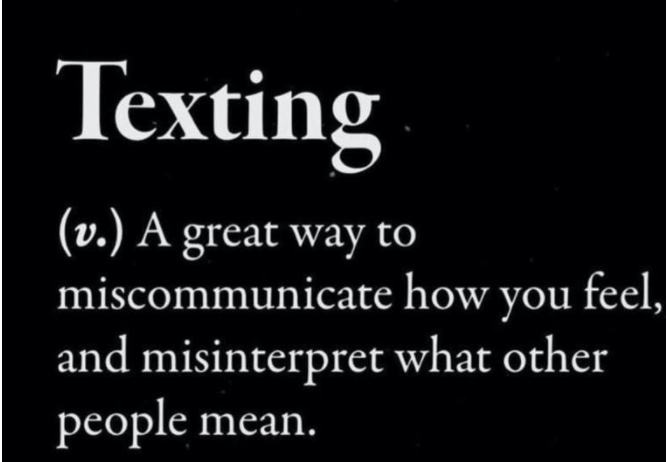Text messaging, or texting, is the act of composing and sending electronic messages, typically consisting of alphabetic and numeric characters, between two or more users of mobile devices, desktops/laptops, or another type of compatible computer. Text messages may be sent over a cellular network, or may also be sent via an Internet connection.
Text messaging- an ideal way to convey information to the receiver for a swift response or even where no response is required.
For example, making or confirming a booking or appointment where very little dialogue is required makes texting extremely effective. The additional bonus is that you can always refer to the message to double-check or be reminded of the details of said appointment.
However, a text is not so effective when used as a method to send messages where expression is required. It can be very difficult to decipher tone and therefore lead to misunderstandings where sarcasm and sincerity may be mistaken for one another.
With the invention of emoticons, one is able to add these pictoral symbols to give emphasis on the sentiment behind the message giving a clearer picture of the tone, especially humour and excitement.
In some cases, the text comes purely as a combination of emoticons, for example sending a loved one romantic messages in the form of hearts and flowers, reminding the receiver they are being thought about. Once again, a reminder of how suitable a text can be for delivering a very short and precise message.

However, when it comes to a serious conversation, or when the content of the message is sensitive, where possible, avoid sending a text.
Consider the feelings of the recipient and ask yourself how you would feel if you received information via a text message that was more suited to a face-to-face conversation.
Don’t forget, we communicate more effectively when we are able to use body language to portray, explain, and even confirm the words we speak, enabling the listener to fully understand the message through the delivery.








